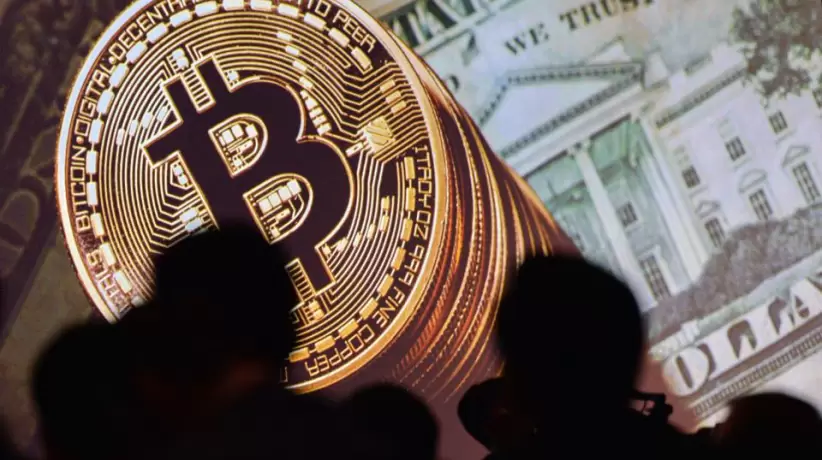As of May 10, there have been over 200,000 known bitcoin sales by large institutions.
The crypto market is ending July on a high note. In the last 24 hours, the bitcoin price rose 7.8% to $22,900 and the ethereum price added 11.2%, currently trading at just over $1,600. Altcoins were a bit more secretive. XRP was up 5.8%, solana 8.2%, dogecoin 6.2%%, shiba inu 5.7%, BNB 5.6%, and Terra’s “luna 2.0” 4.9%.
Still, cryptocurrency prices are quite far from this year’s highs. What keeps them covered?
In a July 21 Twitter thread, Arcane Research analyst Vetle Lunde noted that the crypto market is mostly being hit by massive selloffs from institutional investors and companies that began after the Terra collapse.
“236,237 BTC. That’s the number of known bitcoin sales since May 10 by large institutions. Most of the sale is related to the forced sale, ”he wrote. “The number does not take into account other natural capitulation and hedging activities that typically occur during crypto bear markets.”
The biggest seller was Terra’s Luna Foundation Guard, which sold 80,393 bitcoins in a completely unsuccessful attempt to defend its TerraUSD. In second place was Tesla, offloading more than 29,060 bitcoins (75% of its holdings) to “maximize [its] cash position.”
After the Terra’s Luna crash, investors realized that the cryptocurrency market is more intertwined with the stock market than previously thought, raising fears of a complete cryptocurrency collapse and possible contagion. in the broader market. In fact, after the fall of Terra, Goldman Sachs published a letter warning investors about the interconnectedness of DeFi platforms and how they “amplify systemic risk.”
Meanwhile, the Fed is executing the most aggressive rate hikes since 1994 to rein in near-double-digit inflation. Such a tough Fed does not do well with risky assets because higher rates increase the cost of borrowing and cut valuations ( further explanation here ).
That also applies to cryptocurrencies.
As I mentioned before, “the major cryptocurrencies are highly correlated with the stock market. They also have a high beta for stocks. That means that cryptocurrencies, in effect, amplify stock moves. If stocks soar, cryptocurrencies they skyrocket higher. And vice versa. If stocks fall, cryptocurrencies go into free fall.”
This was clearly seen in this week’s bitcoin price action. Bitcoin sold 3% three days before the Fed’s July meeting, indicating that the risk of higher rates is still troubling crypto investors.
Looking to the future
The short-term fate of cryptocurrencies is shrouded in much uncertainty. The world’s main central banks are redoubling their commitment to rate hikes. The biggest war in Europe since World War II, which is clogging the world’s food and energy supplies and fueling inflation, still shows no clear end in sight.
Meanwhile, the economy is teetering on the brink of a recession. In the first quarter of 2022, US real GDP fell 1.6%, and the second quarter is also likely to be negative this Friday. If we lean towards an official recession, sentiment will take another hit.
Specifically for cryptocurrencies, regulation is another big unknown, but considering the bills proposed by the European Commission and the Senate, it is more of a concern for the smaller, unsustainable coins than it is for the major cryptocurrencies.
On the bright side, hordes of crème de la crème fund managers are hoping that the major cryptocurrencies, especially bitcoin, will weather this macroeconomic backdrop and strengthen. In a recent interview, Blackrock’s Rick Rieder comforted investors: “I still think bitcoin and crypto are durable assets. It’s an enduring business, but there was a lot of excess built around it. I think there’s a healthy recalibration taking place.”

